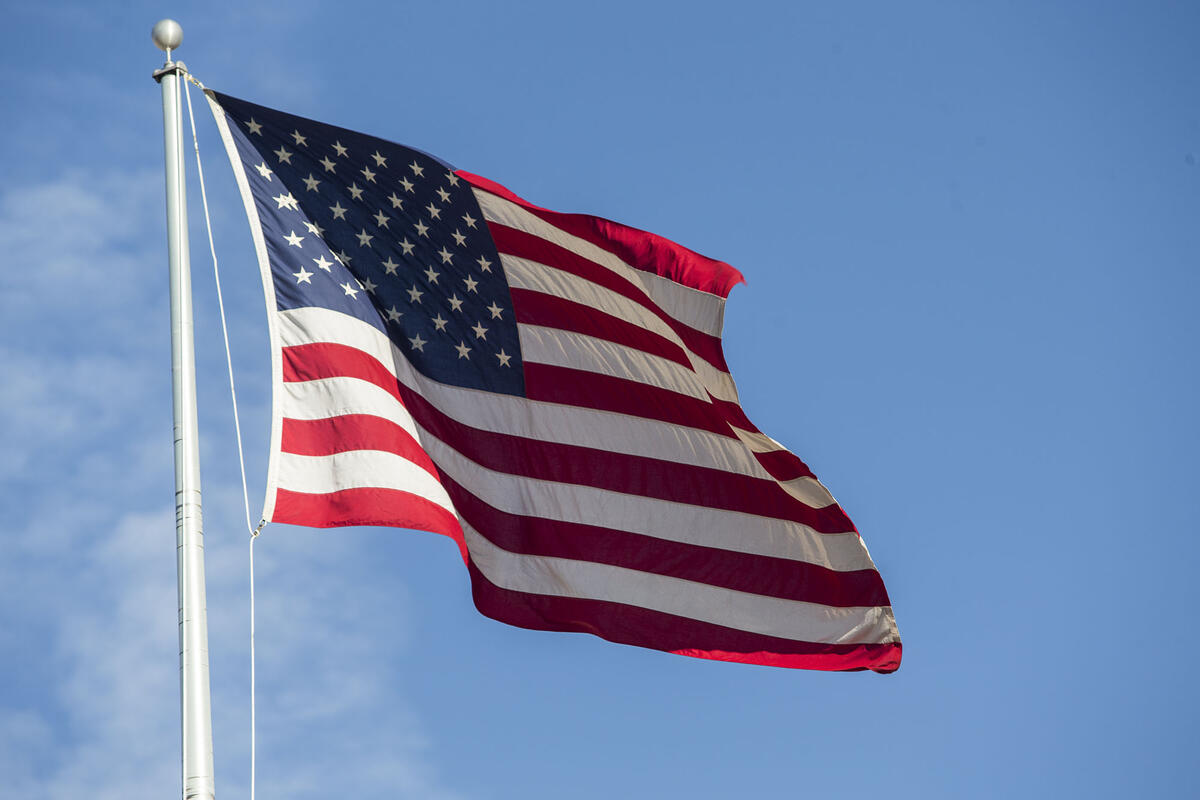Though it was played occasionally on opening day of baseball games beforehand, “The Star-Spangled Banner” became a traditional fixture in the sporting world after the 1918 World Series. The lore of the song focused on overcoming odds to victory in battle. Much lesser known were the racist views of its author, Francis Scott Key, who worked to keep slavery and to suppress the free speech of abolitionists who criticized him.
Key, a slave owner, originally wrote the lyrics for what would become the National Anthem after witnessing the defeat of the British at the Battle of Fort McHenry during the War of 1812. But it was Woodrow Wilson, the 28th president of the United States, who played a major role in popularizing the song by declaring it the anthem for the U.S. armed services in 1916.
The legacies of both Key and Wilson, a noted segregationist who implemented many racist policies during his time as governor of New Jersey and president, are under renewed scrutiny as Black Lives Matter protests have swept across the U.S. Demanding an end to police brutality and systemic racism, these protests are reminding us that the racist history of these figures is not talked about heavily enough.
As for the song’s role in sporting events, its history dates back to the 1918 World Series. As the Chicago Cubs and Boston Red Sox vied for the title, World War I loomed over the nation. And a bomb blast at the Chicago Federal Building the day before had spectators on edge at Comiskey Park, where the first game in the series was played.
When the military band played the tune, a silence fell over the stadium, and spectators saluted the flag. The moment kicked off the longstanding tradition of playing “The Star-Spangled Banner” at sporting events — more than a decade before Congress passed an act confirming Wilson’s presidential order in 1931 and making the song the official national anthem.
Kneeling or sitting during the national anthem, especially during sporting events, has become common for players or spectators to show solidarity with the Black Lives Matter movement. While some find the act “disrespectful” to the flag, others argue that these players and spectators have the right to practice this act of peaceful protesting.
As ESPN writers Luke Cypher and Ethan Trex described in “The Song Remains the Same,” it is now virtually impossible to imagine a major sporting event without the tune. And the most high-profile events, like the World Series and Super Bowl, now attract top-billed vocalists. Here is a look at some of the most famous — and infamous — recent performances.
Whitney Houston’s rendition of “The Star-Spangled Banner” in 1991 at Super Bowl XXV, set a new standard for Super Bowl national anthem singers. Her take on the national anthem was slower than many were used to, however, many were moved by her powerful vocals. Houston’s version of the anthem lives on to be one of the best takes on “The Star-Spangled Banner.”
Moving forward in time, Beyoncé, has also belted out “The Star-Spangled Banner.” Beyoncé’s rendition of the national anthem at former President Barack Obama’s Inauguration in 2013 stirred up controversy simply due to the fact that she lip-synced the song. This is not unlike Whitney Houston, who had also sung over a pre-recorded track of the national anthem during her Super Bowl performance. She stated in a press conference that on that day she had no sound check, and felt that singing over her pre-recorded track was the best option. Regardless, Beyoncé’s vocals are unmatched and remain pleasing to a great many people.
Some singers have also used their performances to show solidarity for the Black Lives Matter Movement. In one rendition, singer Denasia Lawrence took a knee as she sang the anthem during a 2016 NBA game. She also wore a Black Lives Matter shirt during the performance. NBA officials stated they were unaware of Lawrence’s plan. Lawrence stated on Facebook her intentions were to emphasize the movement’s importance, saying that Black Lives Matter “is far larger than a hashtag, it’s a rallying cry.”
Singing the National Anthem comes with great expectations, and there are some renditions of the song that were not quite as iconic as Houston’s or Beyonce’s for the same reason. For example, in 2018, popstar Fergie, sang the national anthem at an NBA All-Star game. Her breathy and dramatic notes were enough to make even the NBA players hold back a laugh during a usually very serious moment. Suffice to say, many found her performance either comical or a little less traditional. Memes spread across the internet of her risky and questionable rendition. Soon after, Fergie apologized for the performance.
In 2006, the sketch comedy show, Saturday Night Live poked fun at singers who dramatized the vocals to “The Star-Spangled Banner” during sporting events (similar to Fergie’s performance). Their sketch, “National Anthem” features actress Maya Rudolph as the character Pamela Bell. Pamela, needless to say, does a not-so-amazing job during her performance of the national anthem.
While the anthem is intended to fit in a small time window during sporting events, in 2013 Aretha Franklin delivered an amazing, but lengthy performance, of “The Star-Spangled Banner” in Detroit on Thanksgiving Day. Her performance was longer than usual, however Franklin played the piano and sang the anthem beautifully.
The national anthem has been taken up by plenty of pop divas as a key element of sporting spectacles. While its legacy is rightly scrutinized and debated, its cultural mark continues.



